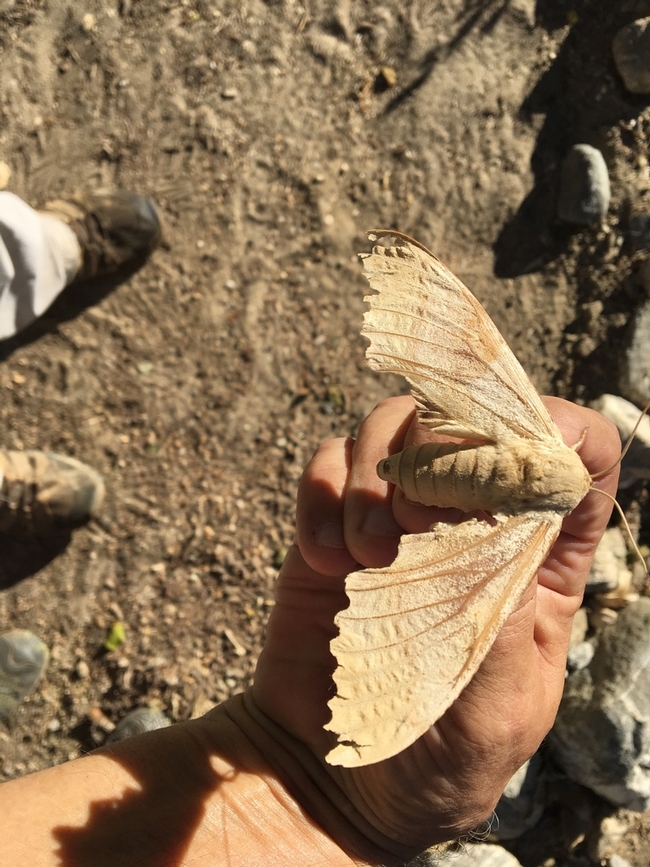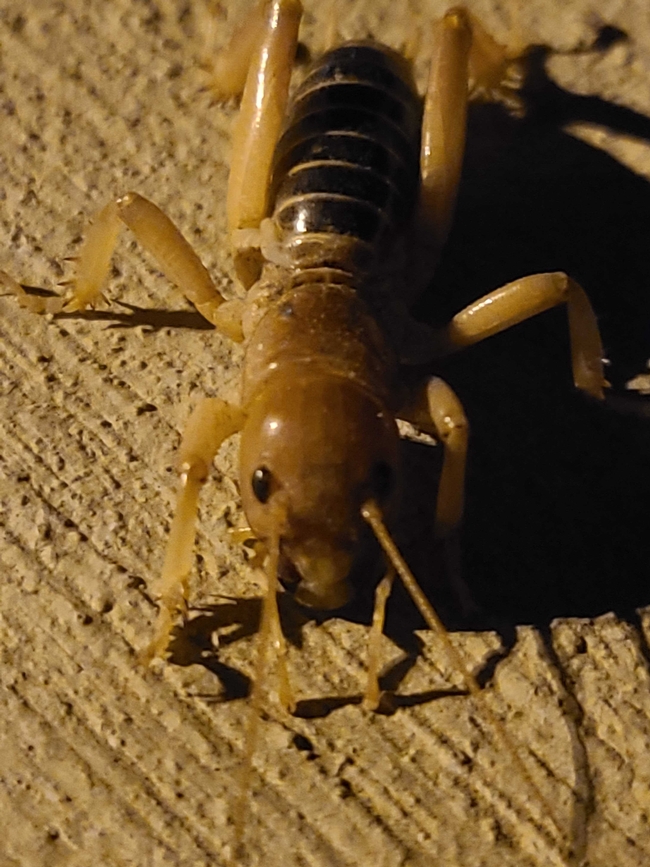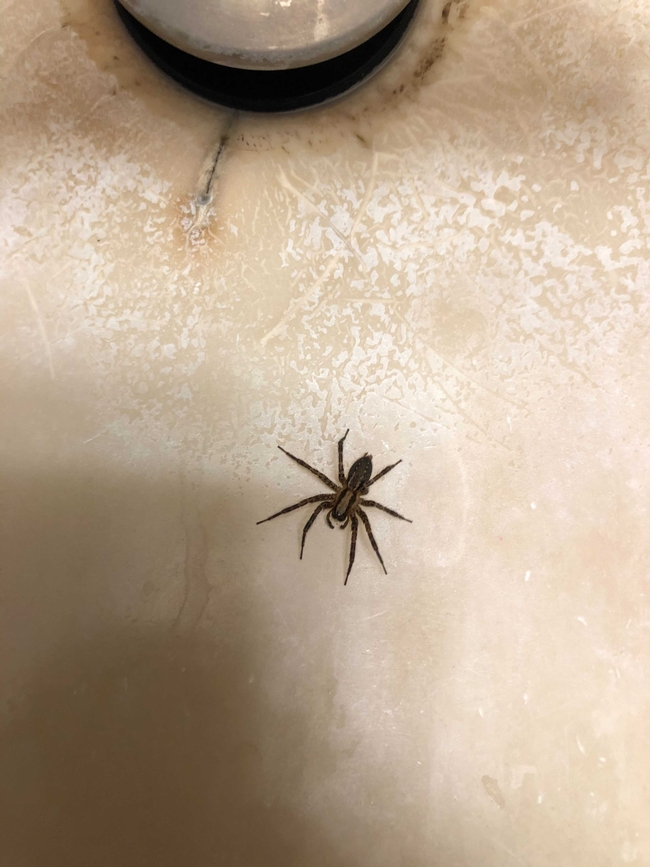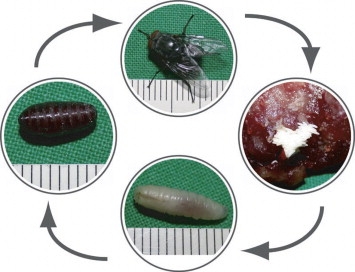Warning: this blog post discusses some creepy crawlies. If you have an insect or arachnid phobia you may want to skip this post.
It's spooky season, and we're getting in the spirit with some natural history, of course! Unless you're one of the entomologists with our sister program UC IPM, most people, including CalNat staff, find an aversion to least one type of invertebrate. Despite their their aversion inducing qualities, as naturalists we know that each creature fills an important niche within its ecosystem. Even the creepy ones. This Halloween we thought it would be fun to share the natural history of insects that give CalNat staff goose bumps.
Up first: moths. 
The flapping of moth wings, which in some parts of the world can reach lengths of nearly a foot, can be frightening as the nocturnal species make their way towards a bright light in the night time. Once the comfort of daylight arrives, you may better see the diurnal species, busy fulfilling their ecological niches. Though some can be difficult to spot, as they amazingly camouflage or even mimic other animals. Moth species outnumber the more popular butterfly over 10 to 1. With thousands of moth species in North America, they serve multiple vital roles! Before metamorphosing into adults, moth caterpillars are an important food source for other animals. Adult moths are important pollinators for plants. Their fuzzy wings and bodies are excellent at capturing pollen.
Second: the Jerusalem cricket AKA “niñas de la tierra” (children of the earth), sand crickets, or potato bugs. 
The large 2-inch long size and human-like head of these crickets alone can give you the shivers. You can get way too up close and personal with these identification marks when one shows up every so often in your garden or dead on a sidewalk. Though for a curious naturalist, getting up close and personal offers a chance to make observations you normally wouldn't have. Their unique colors and patterns can't be missed. These crickets feed and tunnel underground during the night, helping to control insects as a part of their diet alongside roots and tubers. This tunneling can be really beneficial by providing aeration and nutrient cycling to the soil. They're a delicious snack for nocturnal animals like bats, coyotes, badgers, birds, skunks, and foxes.
Next: spiders! 
There's more that unites us instead of divides us, and that includes fear of spiders. Up to about 6% of the global population has arachnophobia. Out of about 45,000 species of spiders, 200 have any venom that could cause harm to humans. Just like the humans that fear them, spiders are amazingly diverse. From size, to web shape and texture, jumping abilities, prey, colors, number of eyes, habitat, and more, they serve an important role in the web of life. It's thought that on one acre of woodland, a spider can eat 80 pounds of insects in just one year. Not all spiders use webs to catch their prey; though all spiders have the ability to create silk some species don't create webs. Next time you find one in your house, don't kill it! Try these UC IPM tips for catching spiders instead.
Finally... maggots. 
By the time you see maggots you often have a olfactory experience to reinforce the grossness. Without getting too far into the visual details, we'll focus on the natural history. About half of fly species have larvae known as maggots. Most maggots are important decomposers, feeding on a variety of decaying organic matter. Larvae excrement provide nutrients for molds and other types of fungi and plants. In addition, the bodies of larvae, pupae, and many adult flies are an important food source for animals.
Even though they may frighten us, as naturalists we can ultimately find an appreciation for these creatures for the important functions they each play in the food web. Use the curiosity of a naturalist and inquiry skills to learn more about them. They may surprise you - and not in a scary way!
References:
Moths info
UC IPM Pestnote
Jerusalem cricket
Spiders
Natural history of flies